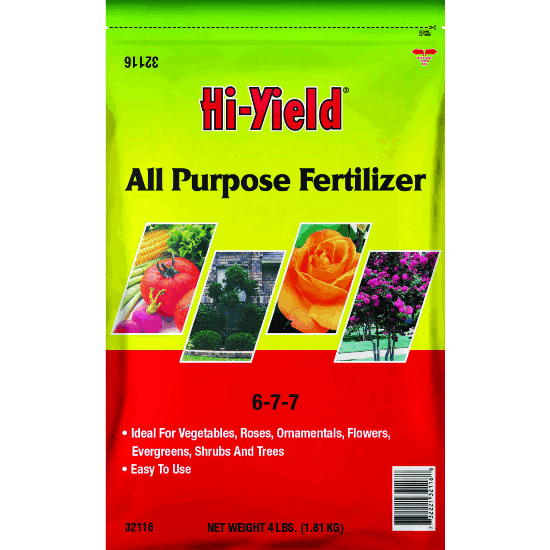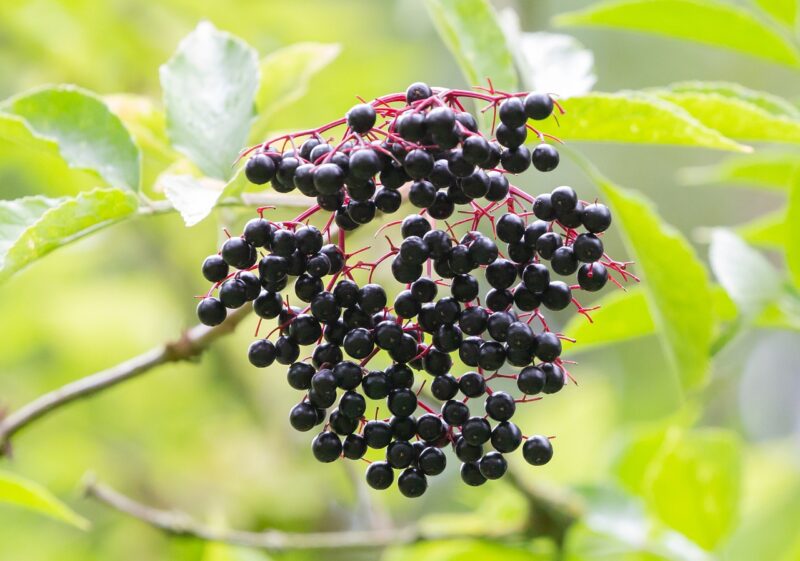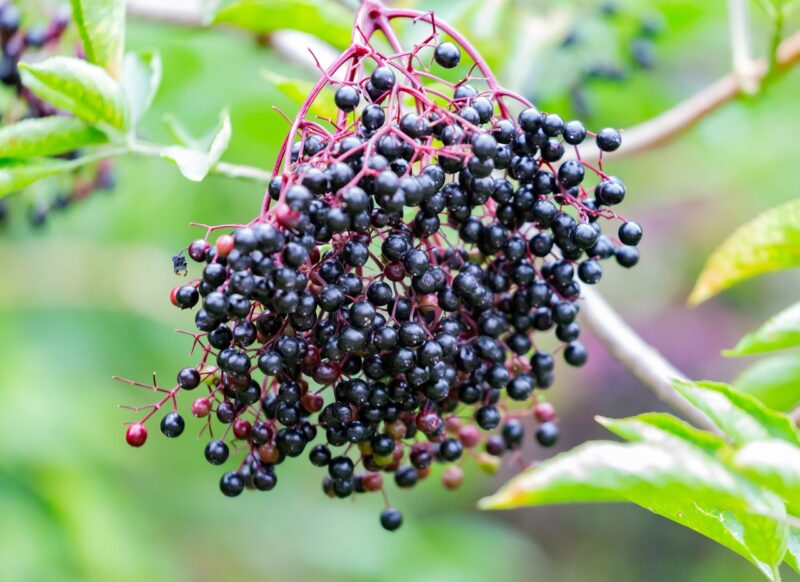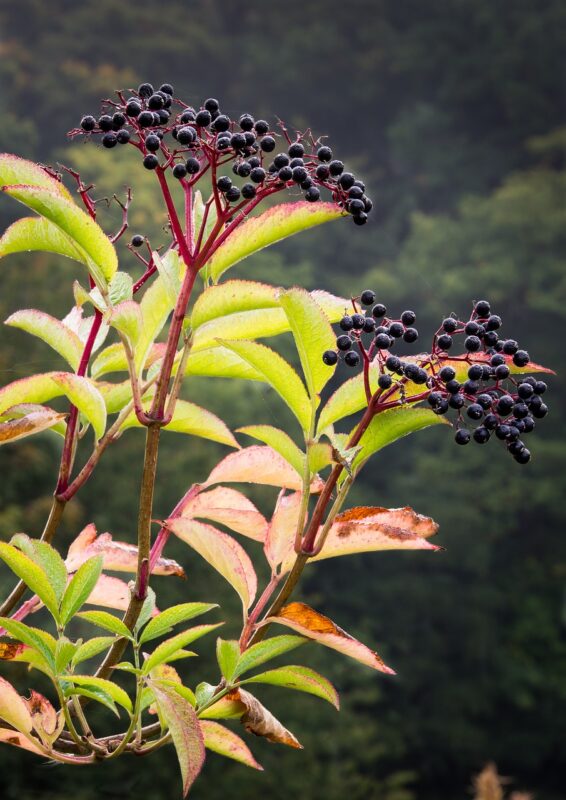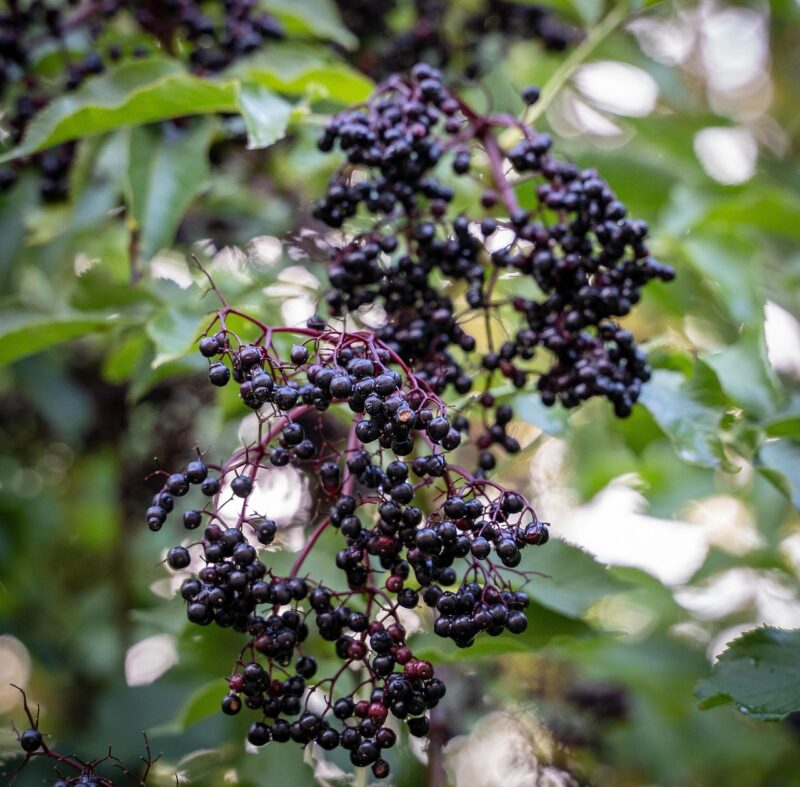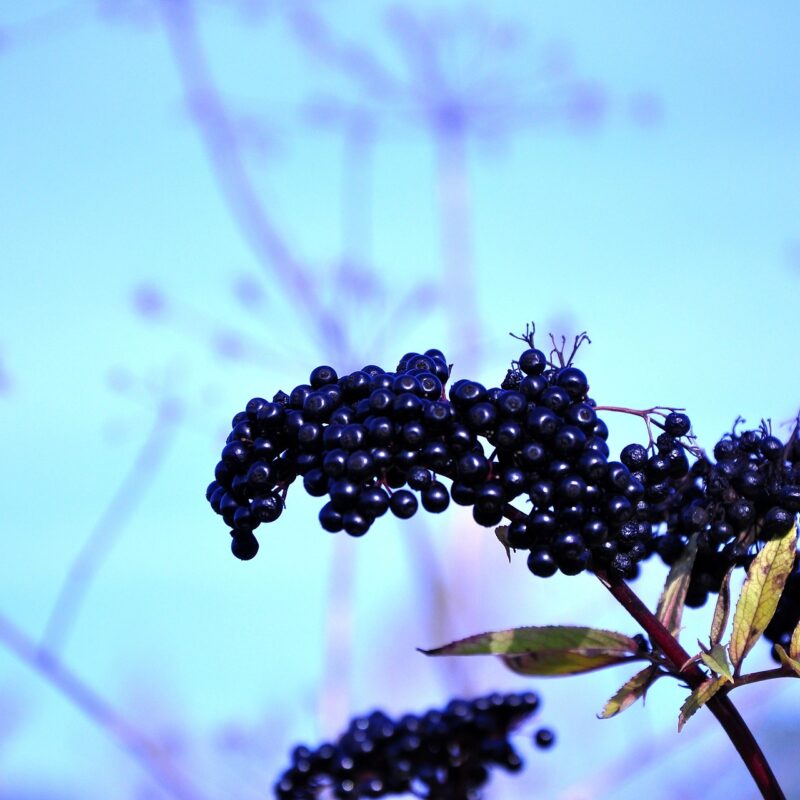In this guide, we will explore the factors influencing your decision on where to plant elderberry, including soil conditions, sunlight, water needs, and companion planting strategies.
Understanding Elderberry Varieties
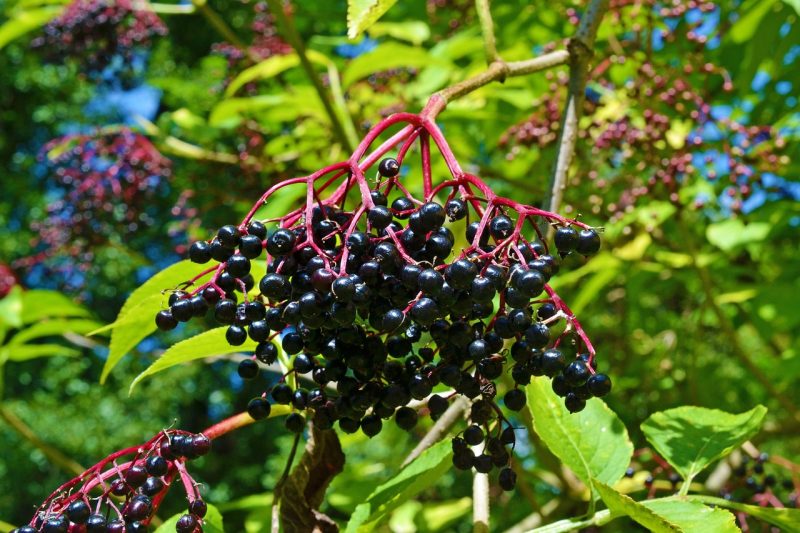
Before deciding where to plant elderberry, it’s essential to familiarize yourself with the various species. The most common are the American Elderberry (Sambucus canadensis) and the European Elderberry (Sambucus nigra). Each has unique growing requirements and tolerances for different environments. American elderberry is particularly prevalent in wetland areas, whereas European elderberry thrives in well-drained soils with more controlled moisture levels. Knowing the specific variety you’re dealing with impacts where you’ll be best suited to plant.
American Elderberry (Sambucus canadensis)
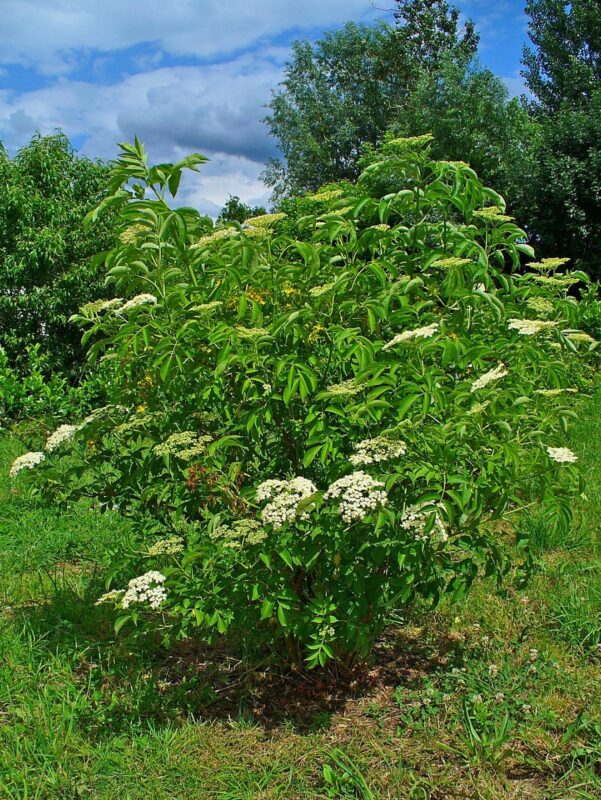
This variety typically grows in U.S. Department of Agriculture (USDA) hardiness zones 3 to 8. It prefers moist, fertile soil, often thriving alongside lakes, rivers, or wetlands. It’s an excellent choice for those living in areas with ample rainfall or near a natural water source.
European Elderberry (Sambucus nigra)
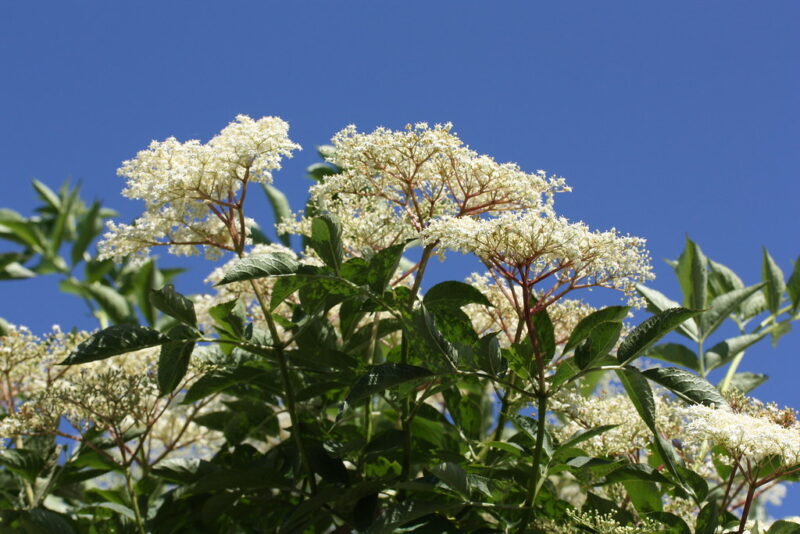
European elderberry, on the other hand, tolerates a wider array of soil types and is hardy in USDA zones 4 to 7. It flourishes in well-draining, fertile soils, making it a versatile option for various gardeners. This variety is often preferred for culinary use, as its berries tend to be larger and sweeter.
Having a clear picture of your chosen variety’s needs enables thoughtful planning of the planting location, which we’ll delve into in detail.
Soil Considerations: Finding the Right Ground
Soil Type

Elderberries adapt well to different types of soil but favor rich, loamy soils that are well-drained. They can tolerate clay soils as long as there’s adequate moisture. Sandy soils, conversely, require more frequent watering and may not hold nutrients well. Testing your soil’s characteristics will provide insights into necessary amendments.
pH Level

Elderberries prefer slightly acidic to neutral soil, with a pH range of 5.5 to 7.0. Soil outside this range can lead to nutrient deficiencies. You can test your soil’s pH through various kits available at garden centers or via local extension services. If your soil is too alkaline, you might consider adding organic materials such as peat moss or sulfur to adjust the pH level.
Nutrient Requirements
Elderberries are also heavy feeders, so ensuring your soil is rich in organic matter is vital. Compost, well-rotted manure, and balanced fertilizers can boost nutrient levels. Enriching the soil with these materials will not only provide the nutrients elderberries need to thrive but will also improve soil structure for better drainage.
Sunlight Needs: How Much Is Just Right?
Elderberries are not overly picky when it comes to sunlight, but they do best in full sun to partial shade. Full sun means at least six hours of direct sunlight per day. However, while they will thrive in sunny spots, elderberry plants also benefit from some afternoon shade, especially in areas that experience intense heat.
Sweet Spots for Sunlight
Placing elderberries where they can bask in early morning light can lead to healthier growth, as the sunlight will help dry off dew and foliage. Avoiding overly sunny spots in the afternoon allows elderberries to conserve moisture, reducing the risk of stress during the hottest parts of the day. Incorporating taller plants nearby that provide shade during the day can be an effective strategy in warmer climates.
Watering Requirements: The Balance of Moisture
Elderberries appreciate consistently moist soils, especially during the growing season. It’s crucial to plant them in areas where they can receive ample water, but it’s equally important to avoid waterlogged conditions.Standing water can lead to root rot, a severe issue that can compromise the plant’s health.
Ideal Location for Water Drainage
When seeking the perfect planting site, consider areas that naturally retain moisture yet have good drainage. Avoid low-lying spots where water tends to pool. If your garden has a slope or elevated areas, these are often ideal for ensuring good drainage while maintaining soil moisture.
Irrigation Planning
If your area has extended dry spells, consider establishing an irrigation system or routinely watering the plants to keep the soil moist. Adding mulch around elderberry plants can help retain moisture while also suppressing weeds. A layer of organic mulch, like wood chips or straw, can promote ecological balance in the soil and enhance its richness over time.
Climate Considerations: Assessing Your Environment
Elderberries have varying tolerance levels depending on their species, but they generally thrive in temperate climates. Understanding your local climate, including temperature fluctuations and seasonal variations, is a significant factor in your planting decision.
Hardiness Zones
Checking your USDA hardiness zone will give an idea of how well elderberries can handle your local winter conditions. For example, American elderberry can survive cold winters, while European elderberry is less tolerant of extreme cold but performs better in moderately warm temperate areas.
Seasonal Changes
Elderberry plants require a period of dormancy, typically the winter months. Pay attention to frost patterns and avoid planting them in regions with late frost occurrences that can damage young shoots. Be strategic about planting dates, ensuring sufficient time for established root growth before harsh weather arrives.
Spacing and Arrangement: Planting Strategy Matters
Elderberries can grow quite large, making spacing a crucial factor in their planting location. Proper spacing creates airflow between plants and reduces competition for resources.
Recommended Spacing
When planting elderberries, allow at least 6 to 10 feet between each plant. This spacing encourages healthy growth and helps mitigate diseases that thrive in overly crowded conditions. If you wish to create a natural hedge or privacy screen, you can plant them closer together but be aware that this can lead to a more crowded growth pattern requiring more maintenance.
Supporting Structure
If planting elderberries in rows, consider their growth habit. Some varieties tend to spread with their sprawling branches. Plan accordingly by setting them apart from perennial flowers or smaller plants that could be overshadowed as the elderberries mature.
Companion Planting: Choosing Friends Wisely
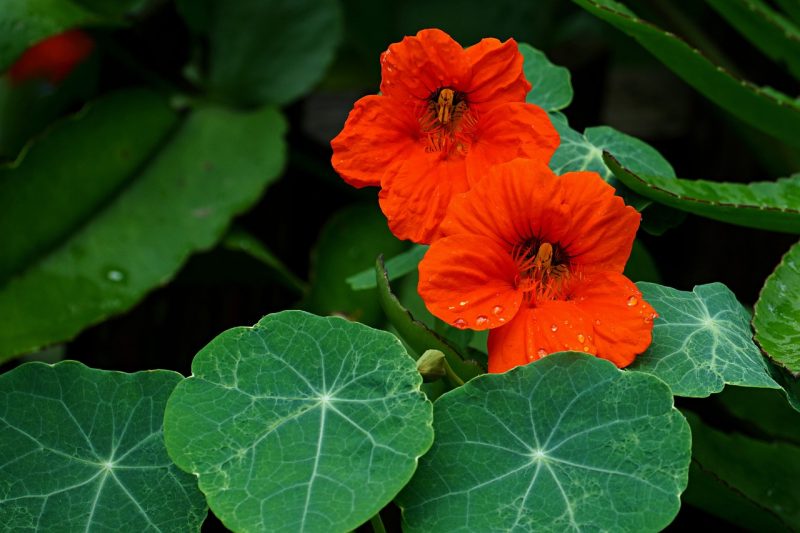
Elderberries do well with certain plants, creating beneficial relationships within a garden ecosystem. Understanding companion planting can enhance their growth and support overall garden health.
Beneficial Companions
Nasturtiums: These vibrant flowers not only add beauty but also help repel aphids and other pests that may harm elderberry plants.
Garlic: Planting garlic near elderberries can deter many insects due to its strong odor while providing an excellent culinary harvest.
Fennel: While fennel can serve as an attractive accent, it attracts beneficial insects like hoverflies, which prey on common pests.
Avoiding Disastrous Pairings
While many plants can coexist peacefully with elderberries, some companions might cause complications. Avoid planting them too close to nightshade plants like tomatoes or potatoes, as these share similar nutrient requirements and can compete for soil resources. Keep an eye on spacing to prevent competition.
Wildlife and Pest Considerations: Sharing the Space
Elderberry bushes are not just beneficial for us; they also attract diverse wildlife, including birds, butterflies, and bees. As pollinators, bees play an essential role in the fruiting process, while birds will love the berries you’ve planted—though it’s wise to consider this aspect when planning your planting location.
Creating a Wildlife-Friendly Environment
If attracting birds and beneficial wildlife is desirable, position your elderberry bushes where they can flourish without causing frustration over loss berries. Consider using netting or other protective measures during fruiting seasons to deter birds while still providing habitat for beneficial insects.
Managing Pests
While elderberries are relatively pest-resistant, it doesn’t mean they are immune to problems. Japanese beetles and aphids can occasionally become nuisances. Observing your plants regularly will help you catch any problems early. Handpicking or using non-toxic treatments like neem oil can manage infestations effectively.
Maintenance Tips: Caring for Your Elderberries

Once you’ve planted your elderberries in their ideal location, a little ongoing care can go a long way. Understanding the maintenance protocol based on your region is crucial to success.
Pruning
Elderberries benefit from annual pruning to promote new growth and maintain their size. In late winter or early spring, remove any dead or damaged wood and trim back overgrown branches. This rejuvenating approach encourages a healthy, productive season ahead.
Fertilizing
Adding organic mulch annually not only helps with moisture retention but also provides slow-release nutrients to the soil. In the early spring, adding a balanced organic fertilizer can also support growth, especially if you notice signs of nutrient deficiencies.
Harvesting: Timing is Everything
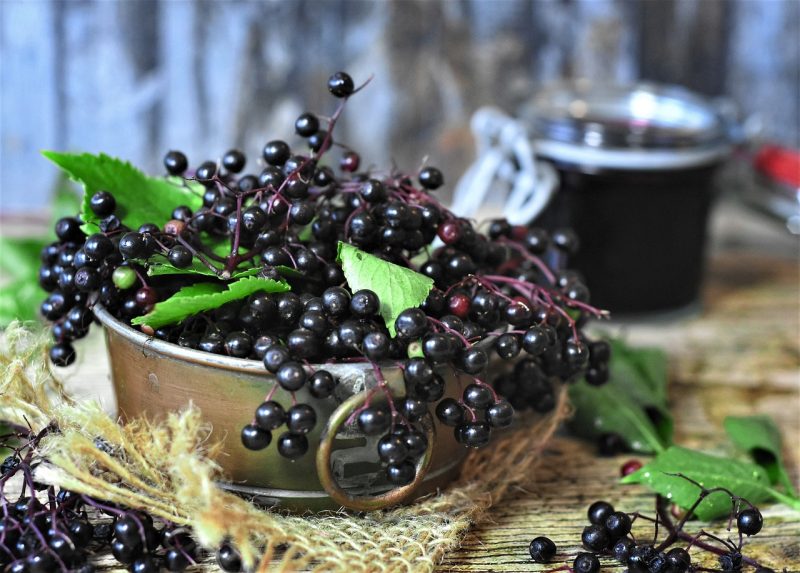
Elderberries usually produce flowers in the spring, followed by clusters of berries that ripen in late summer to early fall. Understanding when to harvest is key to enjoying your elderberries at their peak flavor and nutritional value.
Signs of Ripeness
The berries change from green to a dark purple or black, indicating ripeness. Wait for the berries to fully mature before harvesting—this generally occurs when they are firm, plump, and easy to detach from the clusters. Timing your harvest after the rains can also improve their sweetness.
Conclusion: A Garden Investment
Planting elderberries is a rewarding venture, yielding not only beautiful foliage and fruit but also contributing to a vibrant ecosystem in your garden. By thoughtfully considering the factors outlined in this guide—such as soil type, sunlight, moisture requirements, and companion planting—you can establish a thriving elderberry patch that delights both you and the local wildlife.



